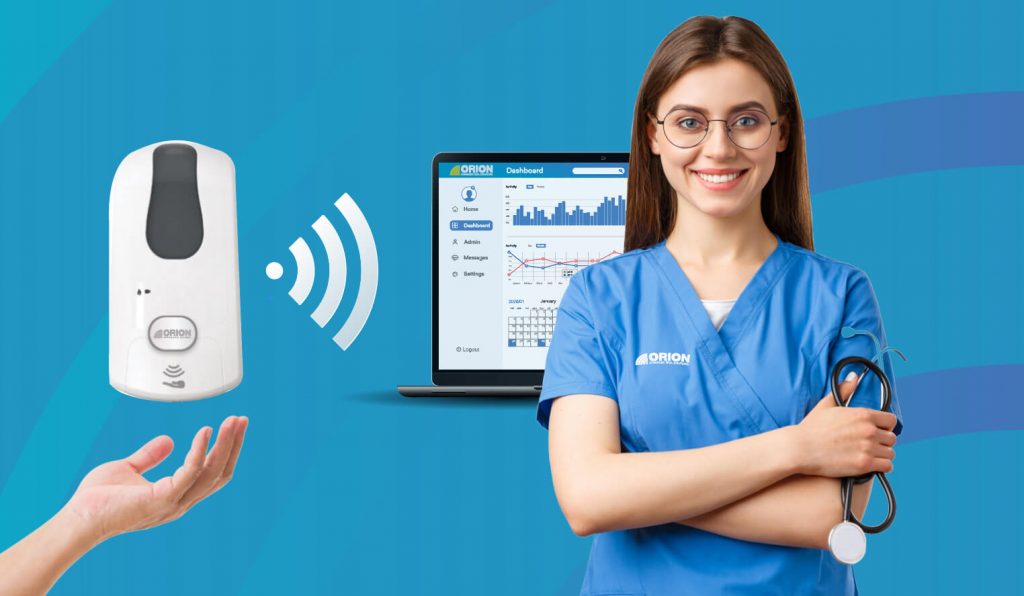Monitoring hand hygiene compliance is a pivotal aspect of an effective hand hygiene program. Collecting and feedback of compliance data are extremely important, and it serves many purposes. It is used for infusing the culture of hand hygiene through educating and engaging healthcare providers in hand hygiene improvement programs. It is also essential for identifying areas within the hospital with poor hand hygiene compliance, allowing corrective measures to be taken to rectify potential problems. It can also be used to evaluate the impact of targeted interventions.
Methods used for monitoring hand hygiene compliance vary from simple traditional methods such as direct observation and product usage to the more advanced technology-assisted systems such as video monitoring later reviewed by trained auditors or automated electronic monitoring systems.
The World Health Organization recommends the direct observation method for assessing compliance as the gold standard. It provides an observation form that can be printed and completed to document hand hygiene events and opportunities. Mobile handheld device for data collection also exists, thus simplifying the documentation process and data manipulation. This method has been successful in both middle- and low-income countries. Nevertheless, it poses some limitations and proved to be inefficient during the Covid-19 pandemic. Some of these limitations can be summarized in the following:
. It is labor intensive and time-consuming.
. It only captures a small fraction of total hand hygiene opportunities, hence judgment based on extrapolation is usually inaccurate and does not reflect the true compliance level.
. It is prone to observer bias or the Hawthorne Effect, where care providers change behavior when they are aware of the presence of the observer.
. In a fast-paced healthcare setting observers might be obtrusive.
. It suffers from Inter-relator reliability.
. Requiring formal training of dedicated observers for assessing hand hygiene adherence and standardized tools are necessary.
. WHO’s 5 Moments for Hand Hygiene requires direct line of sight visibility.
. Can be easily compromised during emergency cases and when dealing with pandemics such as Covid-19, where priorities shift to dealing with such cases.
Hence, there are ample reasons to try to exploit the advances in technology aiming at producing automated hand hygiene monitoring systems that can quickly gather robust hand hygiene data with minimal investment of personal time.
Request more information about Orion Hygiene Compliance Monitoring System (H.C.M.S), visit Orion medical page. click here.
